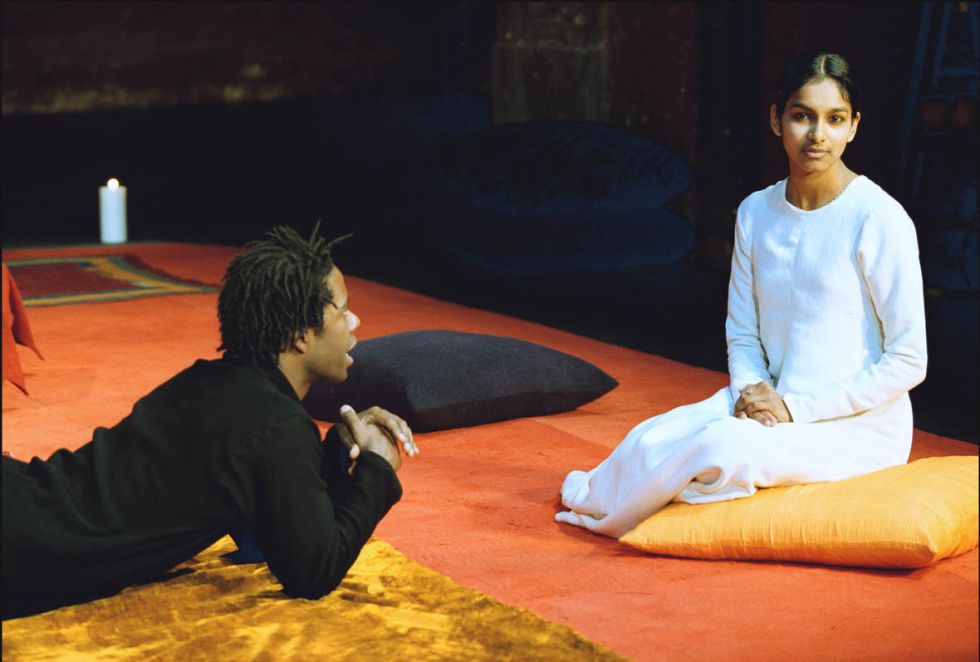

A century ago, he was one of the country's premier intellectuals, blazing trails in Philippine letters. History has not been kind to Pedro Paterno. Philippine historian Resil Mojares notes that:

ĭespite Paterno's prominence in the many upheavals that defined the birth of the Philippine nation during his lifetime, Paterno's legacy is largely infamous among Philippine historians and nationalists. Paterno returned to Manila on January 11, 1898, amidst great celebration, but was spurned by Primo de Rivera and other authorities when he asked to be recompensed by being granted a dukedom, a seat in the Spanish Senate, and payment for his services in Mexican dollars. He later proclaimed the official end of the Philippine Revolution on Christmas Day and left for Hong Kong via the port of Dagupan on December 27.

In ceremonies from December 14 to 15 that year, Aguinaldo signed the Pact of Biak-na-Bato. During the negotiations, Paterno's wife Luisa died on November 27, 1897.
Peter patterno series#
This began a three-month-long series of talks which saw Paterno constantly traveling between Manila, Biak-na-Bato, and some areas in Southern Luzon where a number of revolutionary chiefs held sway. Paterno left Manila on August 4, 1897, and found Aguinaldo five days later. He called for a truce, explaining his decision to the Cortes Generales: "I can take Biak-na-Bato, any military man can take it, but I can not answer that I could crush the rebellion." Because many highly placed Spaniards of the time thought Paterno held great sway over the natives, Primo de Rivera accepted Paterno's offer. In late July 1897, Paterno presented himself to Governor-General Fernando Primo de Rivera, whom he had known while living in Spain, and offered his services as a mediator. Here, they established what became known as the Republic of Biak-na-Bato. In 1897, the Philippine revolutionary forces led by General Emilio Aguinaldo had been driven out of Cavite and retreated northwards from town to town until they finally settled in the village of Biak-na-Bato, in the town of San Miguel de Mayumo in Bulacan. Thus, Paterno, like many others of the Manila elite, distanced himself from the events of the Katipunan revolution. Nobody moved against Paterno, however, because he was close to a significant number of Spanish officials – both military and civilian – who could vouch for him. As evidence for their complicity, the Spanish prosecution cited Paterno's earlier work Antigua Civilización as promoting ideas which had "consequences both erroneous and injurious to Spanish sovereignty".
Peter patterno trial#
Biak-na-Bato Īt the trial of José Rizal in 1896, it was suggested that Paterno, along with Rizal, had incited the Katipunan because they had both written about pre-Spanish Philippine history. : 412 In March 1894, he was appointed as the Director of Museo Biblioteca de Filipinas (now National Library of the Philippines) he was the first Filipino to hold that position. In 1893, he was awarded the Order of Isabella the Catholic. It also unveiled the major themes of Paterno's works to come: law of social evolution, value of reason, human perfectability, and a synthesis of an essentialized "Orient" and "Occident" in Christianity. In 1876, he wrote his first opus entitled Influencia Social del Cristanismo wherein it shows how he consciously located himself in the metropolitan stream of Spanish Culture. : 412 At Salamanca, he took courses in Philosophy and Theology, while at Madrid, he graduated with an expertise in law as a Doctor of Civil and Canon Law in 1880. At the age of 14, he was sent to study in Spain, where he spent the next 11 years at the University of Salamanca and then the Central University of Madrid (now the Complutense University of Madrid). Paterno finished Bachiller en Artes at Ateneo Municipal de Manila and gained fame with his conclusion.

Máximo was exiled to Guam (then also part of the Spanish East Indies) for ten years following the 1872 Cavite mutiny and died on July 26, 1900, leaving behind considerable wealth. He was a "child of privilege in a society of limited opportunities." He was one of 13 children born to Don Máximo Paterno and his second wife, Doña Carmen de Vera Ignacio. Among his other works include the first novel written by a native Filipino, Ninay (1885), and the first Filipino collection of poems in Spanish, Sampaguitas y otras poesías varias ("Jasmines and Other Various Poems"), published in Madrid in 1880. His intervention on behalf of the Spanish led to the signing of the Pact of Biak-na-Bato on December 14, 1897, an account of which he published in 1910. Pedro Alejandro Paterno y de Vera Ignacio (Febru– Ap ) was a Filipino politician infamous for being a turncoat.


 0 kommentar(er)
0 kommentar(er)
